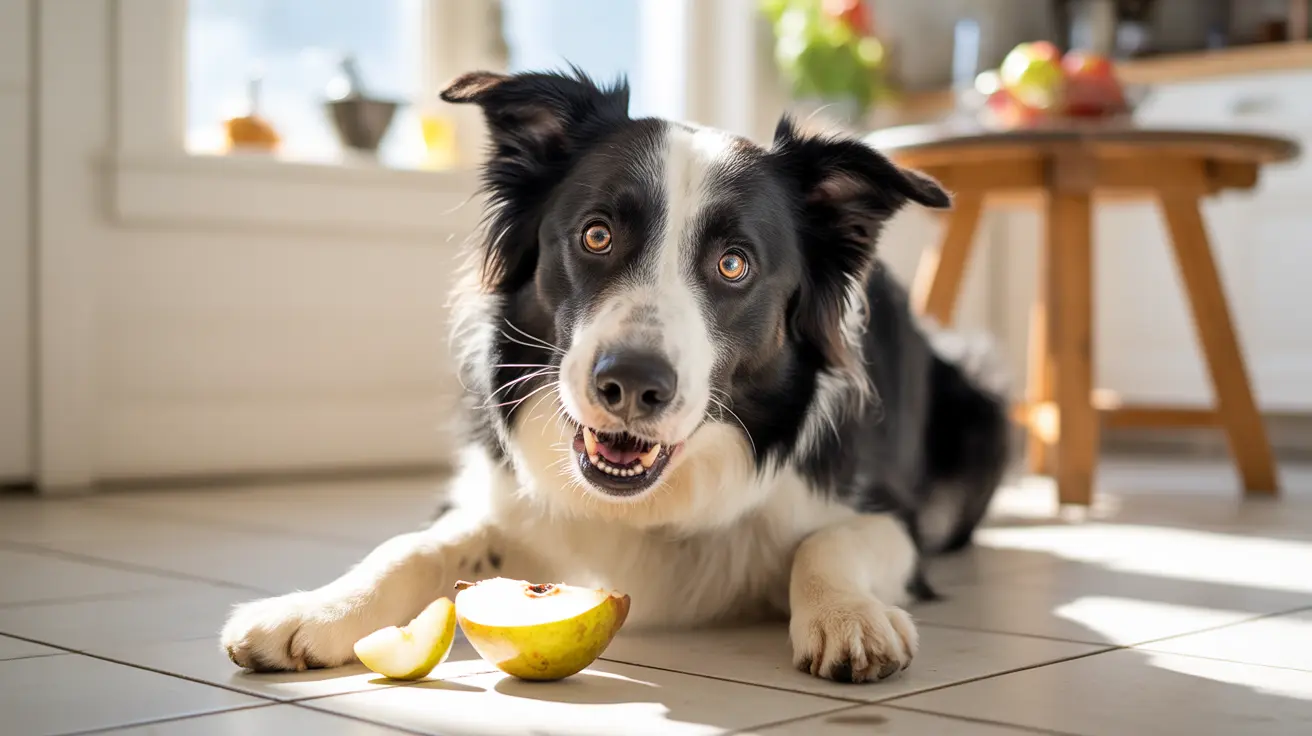Is Your Dog Drinking More Water Than Usual? What Owners Need to Know
Many pet owners observe their dogs' habits closely, and one common concern is increased water consumption. While occasional changes can be normal, consistently excessive thirst in dogs—medically known as polydipsia—may indicate underlying medical issues that require attention. Understanding the causes, when to worry, and how to monitor your pet is key to early intervention and maintaining your dog’s health.
Normal Water Intake in Dogs
Most healthy dogs drink about 1 ounce of water per pound of body weight daily. However, this can vary depending on:
- Activity level
- Diet (dry vs. wet food)
- Climate (hot or humid weather)
- Life stage (puppies or seniors)
Dogs fed primarily dry kibble will typically drink more than dogs eating wet food, which contains higher moisture levels.
When Does Increased Thirst Become a Concern?
If your dog consistently drinks more than 1.6 ounces per pound daily over several days, or exhibits other symptoms (like vomiting or lethargy), it could point to a medical issue. In these cases, veterinary evaluation is necessary.
Possible Causes of Excessive Thirst
- Normal Physiological Changes: Hot weather, increased exercise, dry food switch, or life stage changes can temporarily boost water intake.
- Dietary Factors: Diets high in sodium or switching from wet to dry food may cause increased thirst.
- Behavioral Reasons: Stress or boredom may drive some dogs to drink water excessively. Known as psychogenic polydipsia, this is more common in anxious or under-stimulated pets.
- Medications: Steroids, diuretics, and certain heart or seizure medications can cause increased thirst and urination.
Medical Conditions Associated With Increased Thirst
- Kidney Disease: Reduced ability to concentrate urine leads to more frequent urination and increased drinking.
- Diabetes Mellitus: Leads to high blood sugar and sugar loss in urine, causing dehydration and increased thirst.
- Cushing’s Disease: Overproduction of cortisol causing thirst, appetite increase, and other symptoms like hair loss and pot-belly appearance.
- Liver Disease: Affects multiple regulatory functions, may cause thirst along with jaundice, vomiting, or changes in appetite.
- Pyometra: A serious uterine infection in unspayed females marked by fever, lethargy, and increased drinking—requires emergency surgery.
- Diabetes Insipidus: A rare hormone disorder affecting water regulation, leading to excessive drinking and urination.
- Electrolyte Imbalances: Dehydration from vomiting or illness can result in polydipsia. Look for other acute signs like weakness or abnormal behavior.
- Infections: UTIs or liver infections, including leptospirosis, may also be triggers.
- Other Causes: Fever, certain cancers, or rare hormonal disorders like hyperthyroidism can affect water intake.
When to Seek Veterinary Help
Your dog should see a vet if excessive thirst lasts beyond 48 hours, especially if accompanied by:
- Vomiting or diarrhea
- Lethargy or disinterest in food
- Weakness or collapse
- Changes in urination patterns or blood in urine
Older dogs and those already diagnosed with health conditions may require immediate attention at the first sign of altered drinking behavior.
How Vets Diagnose the Issue
- Physical examination and medical history review
- Blood tests: To assess organ functions and electrolyte levels
- Urinalysis: Helps detect diabetes, kidney issues, and infections
- Imaging: Ultrasound or X-rays may reveal internal abnormalities
Treatment Options
Treatment depends on the root cause:
- Diabetes: Managed with insulin and diet
- Kidney or liver disease: May require medication and special diets
- Cushing’s disease: Medication or surgery
- Infections: Antibiotics or supportive therapies
- Behavioral polydipsia: Environmental enrichment or anxiety therapy
How to Monitor and Support Your Dog
- Monitor and record daily water intake
- Clean water bowls regularly
- Ensure access to fresh water at all times
- Maintain diet consistency suited to your dog’s health
- Report changes in thirst or other behaviors to your vet
Important: Never restrict your dog’s water intake unless your vet specifically tells you to. Doing so may worsen dehydration or delay the diagnosis of a serious illness.
Conclusion
While occasional increases in thirst can be harmless, persistent or unexplained polydipsia should never be ignored. With early veterinary intervention, many underlying causes can be managed effectively, ensuring your pet remains healthy and comfortable.





